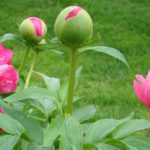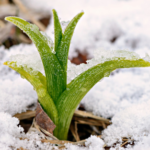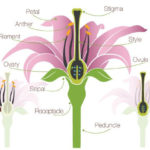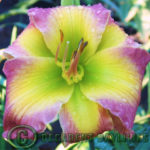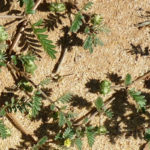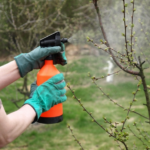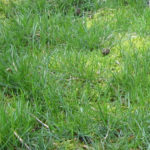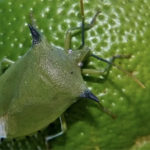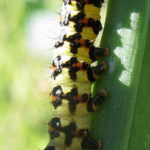
Learn About Australia’s 4 seasons – When They Really Begin
Do You Know When the 4 seasons Really Begin and End in Australia?
Traditional Australian seasons include spring, summer, autumn, and winter; however, these 4 seasons do not always coincide with the same calendar months.
Not all of Australia has four seasons. Although many that live in Melbourne say that they can have from 4 to 6 changing seasons in one day!
Only parts of the northern top end of Australian states experience what is known as a wet and dry season. This is primarily due to the region’s generally tropical climate.
The southern part of Australia has the 4 seasons or Mediterranean climate.
This is why Queenslanders cannot tell if a daylily is dormant, semi evergreen or evergreen because the daylily is always evergreen in tropical areas. After knowing this I think it is a myth that dormant daylilies do best in frosty areas. The same applies to Iris species such as the bearded iris and the Louisiana iris become dormant in the winter in regions of Australia with four distinct seasons. On the other hand, this is something that never occurs in tropical zones.
Why do seasons start on the 1st of the month in Australia?
1st December to February (summer), 1st March to May (autumn), 1st June to August (winter), and 1st September to November (spring).
Everyone appreciates the ease of the calendar month.
This is practical, yet inaccurate.
The 20th or 21st day of the month marks the true beginning of a new season.
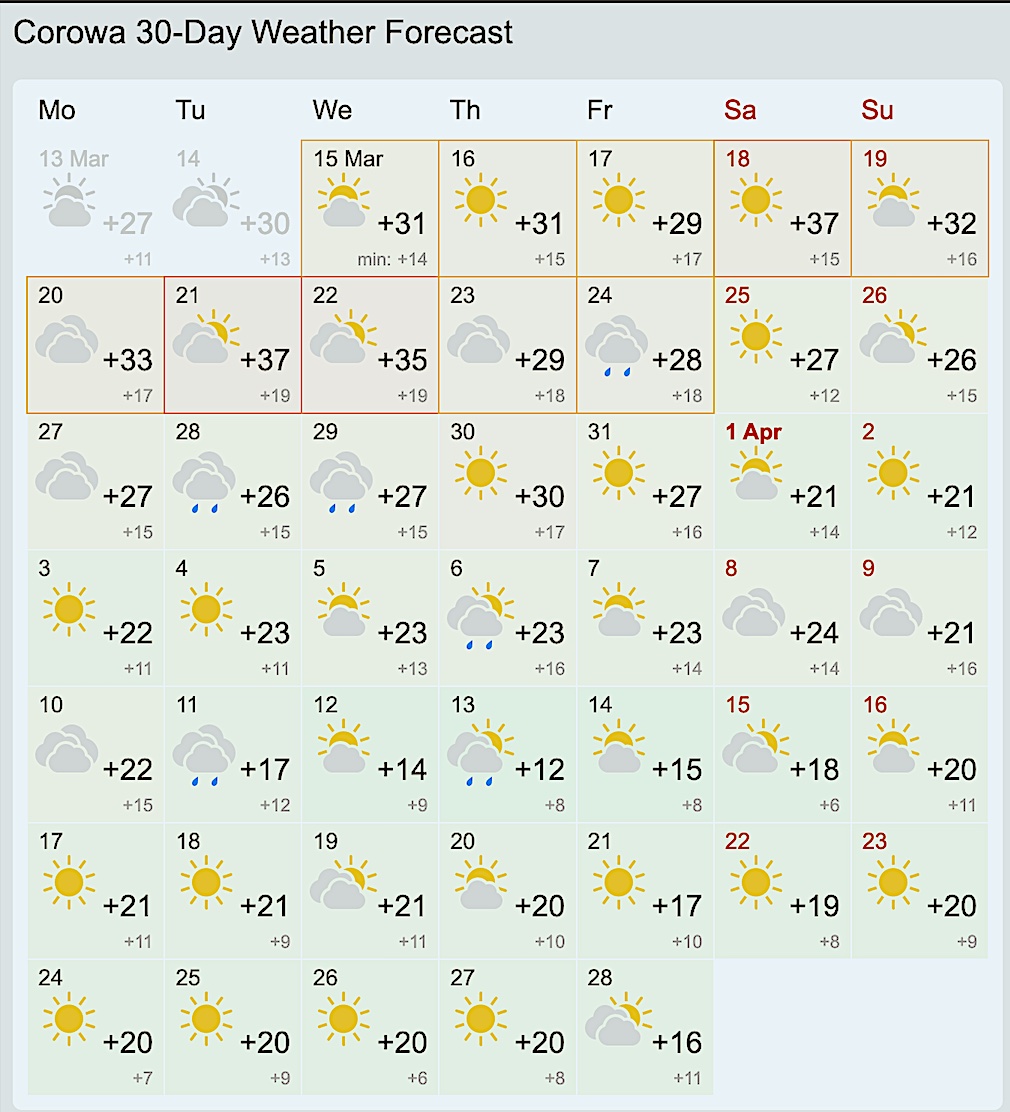 —–Technically Autumn must be noticed the most —–
—–Technically Autumn must be noticed the most —–
Nonetheless, I suppose you have noticed the first three weeks of March are often warmer than the month of December and wondered why? It is simple it is still summer.
Well, the start of summer is well into December, in fact only a week from Christmas day and it lasts until at least the third week in March. With only a week to go in March, you can see we still have 3 days of 35C plus the last being the 22nd of March according to the weather map.
Seen we are still in summer for the first three weeks of March, there is still time to swim in outdoor pools and you don’t have to pull out your doonas from the cupboard just yet.
We can see that the weather since the start of March hasn’t changed at all right now it still feels like summer, but it will change around the 21st of March just a week away from now. When the hot weather starts dropping into cooler autumn weather, the daylily plants, and I cannot wait!
To prove a point just a couple of days on either side of the 20th and 21st of March you will notice the beginning of the leaf colour start to change and the leaves fall from the deciduous trees which is a good sign for the start of autumn and they really do!
Bushfires and cyclones are still common in March.
Farmers can get burning permits from the 1st March from the rural fire service so the farmers can start fires to burn off the stubble in their paddocks to then sow their wheat, peas, and canola crops in early autumn.

It’s All About the Sun and Earth’s Axis Tilt
The inclination of the Earth’s axis is 23.5 degrees. This causes the southern hemisphere of Australia to tilt towards the sun throughout the summer. The sun’s rays warm the air.
Seasons in Winter are the Completely Opposite. When the southern hemisphere has been tilted away from the sun for half a year, it is called a solstice. The weather has consequently turned cooler.
Calendar months are used because they are convenient for everyone involved this is the only reason why seasons start on the 1st of the month.
This is why we do not dig and post out daylilies until mid April closer to May unless we haven’t sold out and have potted daylilies growing in pots from the previous season. We are still experiencing extremely hot days and some much needed rain to spruce up our daylilies before we start selling them again. But as you can see the rain is on its way!






